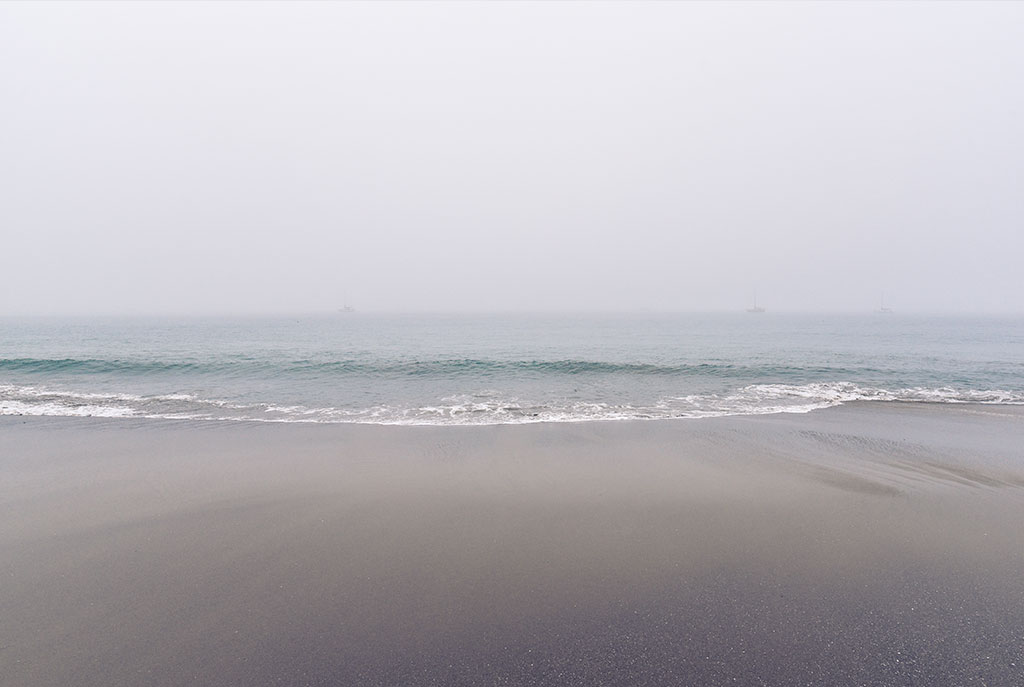The main cause for the oceans to rise and fall is the gravitational forces between the sun and the moon and the effect they have on Earth. A consequence of this joint action is the fortnightly shift from Spring to Neap tides. When the moon is in conjunction or opposition to the sun their forces and enhanced, generating Spring Tides. Meanwhile, when the moon and the sun are at right angles, their forces lessen their influence on the oceans, creating Neap tides.
The tidal phenomenon, marked by the up and down movement of the oceans water levels, is influenced by a series of factors which lead to an array of particularities. As a consequence, it is possible to stipulate patterns within a tidal cycle, which in turn characterize different types of tides. Besides being classified regarding their maximum and minimum height (high and low), tides are also categorized by their shifting aspects during specific lunar phases.
It is known that the main cause for the oceans to rise and fall is the gravitational attraction between the Sun and the Moon and the effect they have on Earth – the moon being the primary component in the equation. One of the consequences of their joint actions is the shift from Spring to Neap tides, which occurs approximately every fifteen days. When the Moon is in conjunction or opposition to the Sun (in the periods of New Moon and Full Moon), their forces are enhanced (mathematically the constituents add-up) and they influence tides of higher amplitude, known as spring tides. During stages of quadrature (Waxing Moon and Waning Moon), the action of the sun counteracts that of the moon and their effect on the oceans’ waters is weaker (the constituents are subtracted), thus creating Neap tides. In other words, in each lunar month (the recurrence period of lunar phases) there are two Spring tides and two Neap tides.

Ryan is the founder of Tideschart.com. Originally from New Zealand, Ryan has traveled to more than 20 countries and has combined more than 10 years of development experience with his passion for the ocean.






